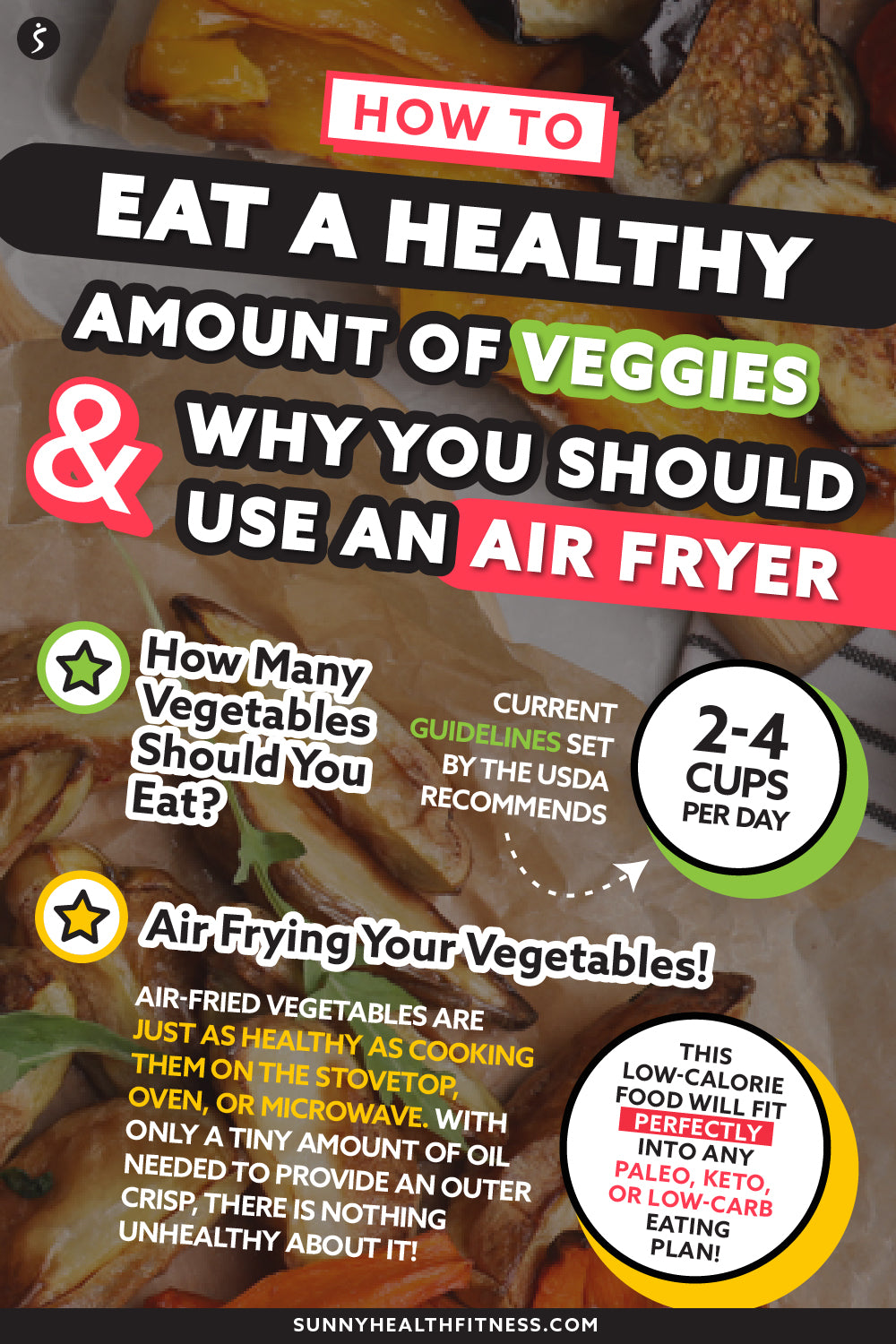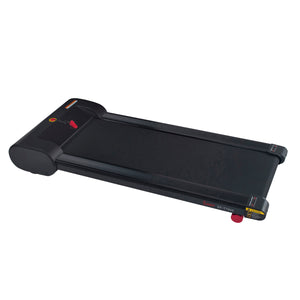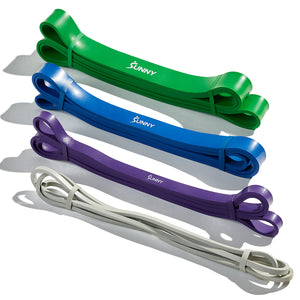Let us celebrate National Eat Your Vegetables Day by rethinking how we measure, cook, and eat our healthy veggies. In this nutrition blog article, I will help you learn how many vegetables to eat and introduce you to cooking veggies with the air fryer.
How Many Vegetables Should You Eat?
Current guidelines set by the USDA recommend anywhere from 2-4 cups of vegetables a day. They further break down how to measure what a cup looks like when cooking and discuss other food forms (vegetable juice) to get the recommended intake.
I find measuring food, especially vegetable quantities, an incredibly arduous and unnecessary task. You shouldn’t spend too much time and effort asking these questions:
How much is a cup?
Raw or cooked?
There are some instances where measuring food quantities for portion control is essential, but only a slim percentage of the population has the patience or need to do such a task. Instead of methodically measuring your food to eat your veggies, use your plate or bowl of food as your measuring guide.

Aim to have about half your plate/bowl contain veggies. This is a quick, easy, and incredibly full-proof way to make sure you eat enough veggies while maintaining portion control of the rest of your plate.
Comprising your plate with 1/2 vegetables leaves roughly a 1/4 for your protein and 1/4 for any fats and carbohydrates.
Using this strategy for all your meals throughout the day will ensure you eat well over the recommended 2-4 cups of vegetables per day.
Air Frying Your Vegetables
I never like to advise with no actionable steps. You have the roadmap now. Let me provide you with direction.
Air Fryers have come onto the cooking scene in the past decade but have recently become very popular in households. NPD's Kitchen Audit estimated in July of 2020 that roughly 37% of households have an Air Fryer.(1)
If you have never used an air fryer, you are either now saying,
"Yes! Air fryers are amazing!" or "What the heck is an air fryer."
Air fryers are like a small convection cooking oven. They contain a heating element that quickly heats up due to the small size of the machine. This hot air is rapidly blown around with a fan to cook and brown the food quickly.
The food sits in a perforated basket, allowing the hot air to heat all sides of the food evenly. The small size, perforated basket, and rapidly swirling hot air from the fan - make the air fryer unique, and a fantastic tool and addition to your kitchen.
This appliance is incredibly excellent at cooking vegetables because of the small size of the food. Foods like broccoli, cauliflower, Brussels sprouts, zucchini, green beans, etc., are all bite-sized and ideal for the hot air to cook all sides of the food to a perfect crisp.
Not only are vegetables perfect for the air fryer, but they also come out tasting delicious. A little bit of seasoning and oil on the veggies provides a tender yet crispy bite every time. There is no need for processed and unhealthy sauces or toppings to make the veggies tasty.
Air-fried vegetables are also just as healthy as cooking them on the stovetop, oven, or microwave. With only a tiny amount of oil needed to provide an outer crisp, there is nothing unhealthy about it! This low-calorie food will fit perfectly into any paleo, keto, or low-carb eating plan.
Multiple types of veggies can go in the air fryer at once to provide a colorful variety of food on your plate. The days of mushy, bland veggies from a can are over. It is time to fill up your plate with color using an air fryer for cooking healthy and delicious tasting vegetables all summer long.
Here are our two favorite air-fried vegetable recipes for better health:
(1) “2021 Outlook for the U.S. Food and Beverage Industry” NPD, 2021, https://www.npd.com/wps/portal/npd/us/blog/2021/2021-predictions-for-the-us-food-and-beverage-industry/. Accessed 16 June, 2021.

























Add Your Name & Email
Please enter your name and email to continue.We won’t display your email publicly.